There are several potential causes of subsidence or settlement of the ground underneath a property. Some causes are man-made while others are natural geological changes. Natural causes such as fault movement or sediment compaction can cause subsidence.
Soils such as saline, non-cohesive soils, gypsum, silt, and clay are not as stable as some other soils. These soils can dry out due to lowering water tables and, when the water is not replenished, it can cause the soil to compact (subsidence). In other cases, soils can breakdown and vertically compress due to the weight of the structure on the soil combined with other factors (settlement).
Several things can disrupt the soil under your property and cause either settlement or subsidence. Explore the most common causes below.
The type of soil is a major determining factor when understanding subsidence. Some soils, such as clay and silt are classed as cohesive soils. This means that when wet and dry, they have a capacity to swell and shrink. Foundations built on such surfaces can witness changes from day to day, month to month and season to season.
Soils such as sand and gravel are what are known as non-cohesive soils. Shrinking and swelling doesn’t occur with this soil type. Unfortunately, they are not exempt from subsidence. They are made up of tiny particles which can erode and wash away over time. Additionally, organic soils can naturally decompose due to their makeup. Oxygen naturally shrinks particles resulting in a smaller load bearing capacity.
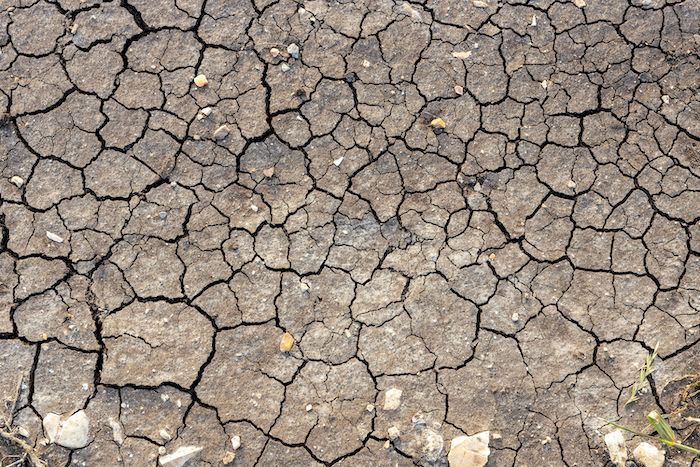
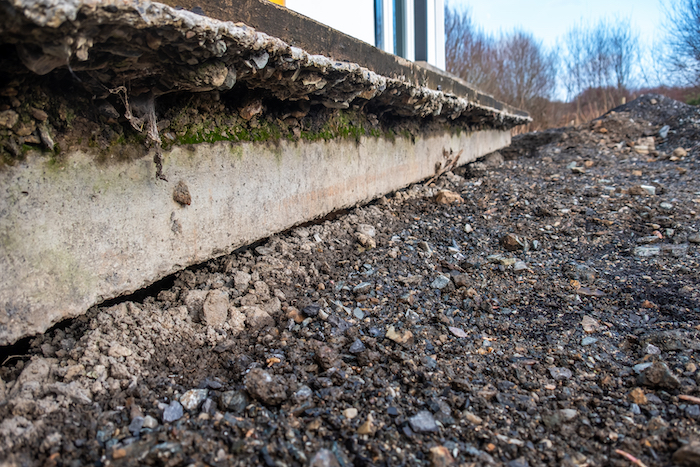
Many subsidence issues are the result of leaks from pipes or drains. Water can seep through and affect the foundations in one of two ways. Water can make the ground softer, causing the supporting soil to lose structural support. As a result, the foundation starts to sink. In other cases, water will wash away non-cohesive soil particles and remove volume from the soil, leaving foundations to sink with the loss of volume.
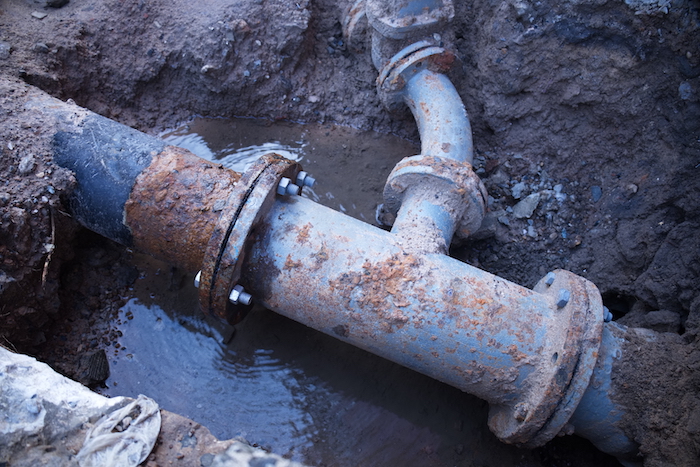
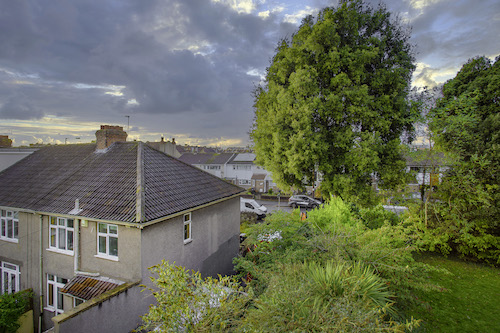
In more rare cases, areas of the ground can collapse. This type of localised collapse is often triggered by severe groundwater level declines. A collapse is rare because it tends to be associated with very specific rock types such as salt or gypsum.
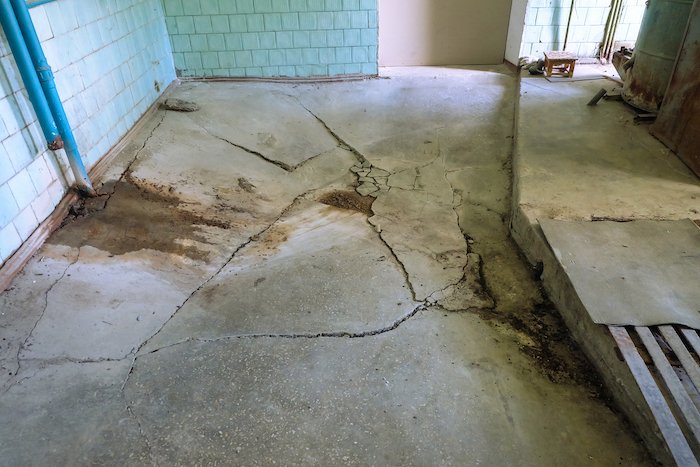
Please use this contact form and will respond to you within 2 working days.
We will provide you with a free site assessment, either online or in person.
We deliver projects on any sort of building or structure – from residential properties, conservatory extension to problems to 80,000m2 warehouses and road infrastructure. In most cases we will have the best solution, so get in touch today.
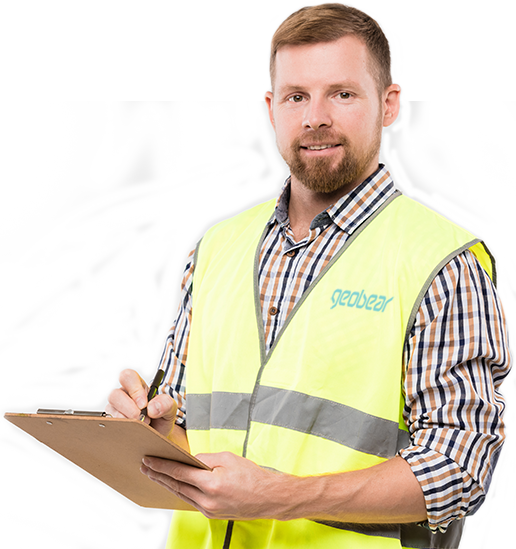

All terms of use are certified. Copyright. Geobear 2023.